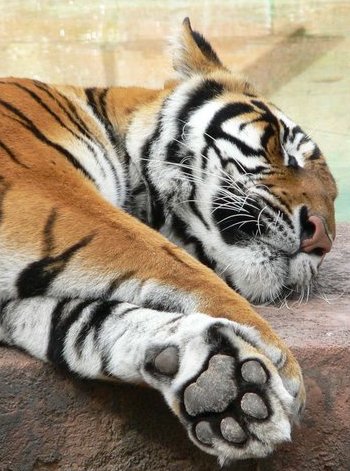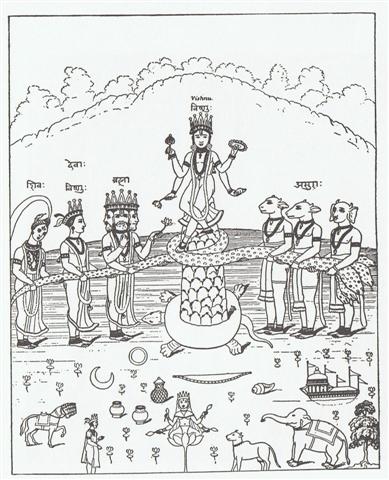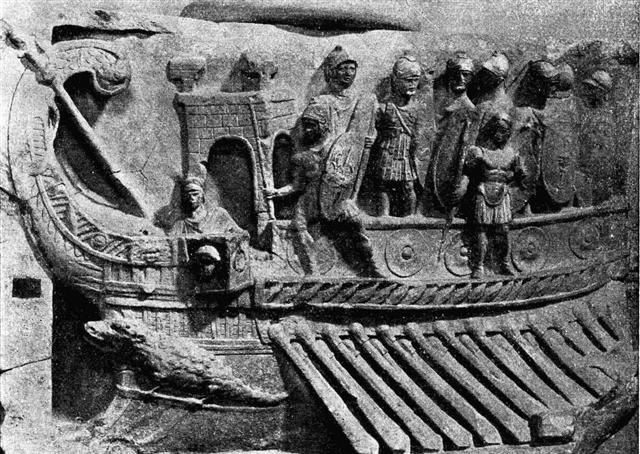|
RIGEL
Thus our best overview road map could be the Chinese system. ... For the form and concept of the City of God conceived as a 'mesochosm' (an earthly imitation of the celestial order of the macrocosm) which emerged on the threshold of history circa 3200 BC, at precisely that geographical point where the rivers of Tigris and Euphrates reach the Persian Gulf, was disseminated eastward and westward along the ways already blazed by the earlier neolithic. The wonderful life-organizing assemblage of ideas and principles - including those of kingship, writing, mathematics, and calendrical astronomy - reached the Nile, circa 2800 BC; it spread to Crete on the one hand, and on the other, to the valley of the Indus, circa 2600 BC; to Shang China, circa 1600 BC; and, according to at least one high authority, Dr Robert Heine-Geldern, from China across the Pacific, during the prosperous seafaring period of the late Chou Dynasty, between the seventh and fourth centuries BC, to Peru and Middle America ... However, the C text contains much more information.
... Then she said to the first snail: 'Can you open this room a little, so that we can sit down?' The snail said it could, and opened the shell a little. Old-Spider then took the snail, placed it in the west of the shell, and made it into the moon. Then there was a little light, which allowed Old-Spider to see a big worm. At her request he opened the shell a little wider, and from the body of the worm flowed a salted sweat which collected in the lower half-shell and became the sea. Then he raised the upper half-shell very high, and it became the sky. Rigi, the worm, exhausted by this great effort, then died. Old-Spider then made the sun from the second snail, and placed it beside the lower half-shell, which became the earth ...
We could, for instance, count half a year back in the C calendar text in order to reach beyond heliacal Denebakrab (*254) in the last day of November:
... Space and time are a single, related concept in Runasimi [the language of the Inca people], represented by one word, pacha, which can also mean 'world' and 'universe'. The image of time familiar to Waman Puma was static and spatial: one could travel in time as one travels over earth - the structure, the geography, remaining unchanged. To him it does not matter that he shows Inka Wayna Qhapaq, who died in 1525, talking to Spaniards who did not arrive until 1532. Wayna Qhapaq was the last Inca to rule an undivided empire: he is therefore the archetype, and it must be he who asks the Spaniards. 'Do you eat gold?'
I.e. we could go back to Ca3-21 (72 = 255 - 366 / 26 = 249 - 6 * 29½):
Also the Hindu structure carries 28 stations, but evidently organized from the positions of the Moon in the night rather than from the positions of the Sun in the cycle of the year.
And as if by chance I happened to hear (about a month ago) that the Chinese word for Dragon was Lono.
From this we can guess that the Chinese 2nd station Neck at October 21 (294) had influenced the mind of the creator of the C text.
In the Chinese system the 'Root' was 10 days after the 'Neck':
A Badger suggests someone who is burrowing below the surface of the eath - like a Root running from a tree.
|
||||||||||||||||||||||||||||||||||||||||||||||||||||||||||||||||||||||||||||||||||||||||||||||||||||||||||||||||||||||||||||||||||||||||||||||||||||||||||||||||||||||||||||||||||||||||||||||||||||||||||||||||||||||||||||||||||||||||||||||||||||||||||||||||||||||||||||||||||||||||||||||||||||||||







.jpg)





.jpg)